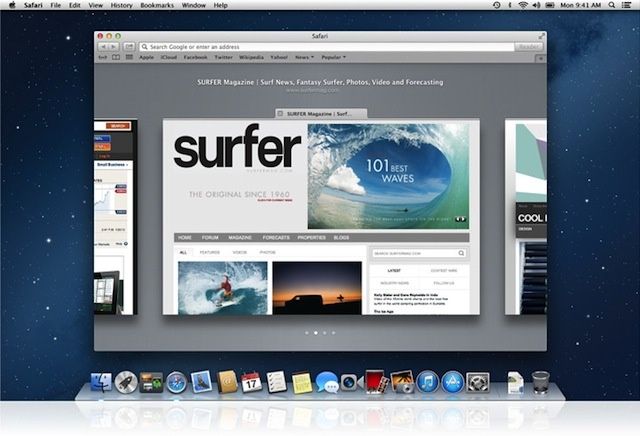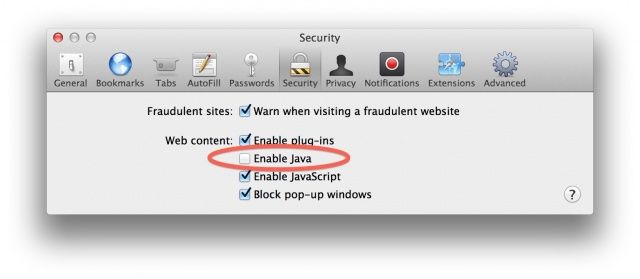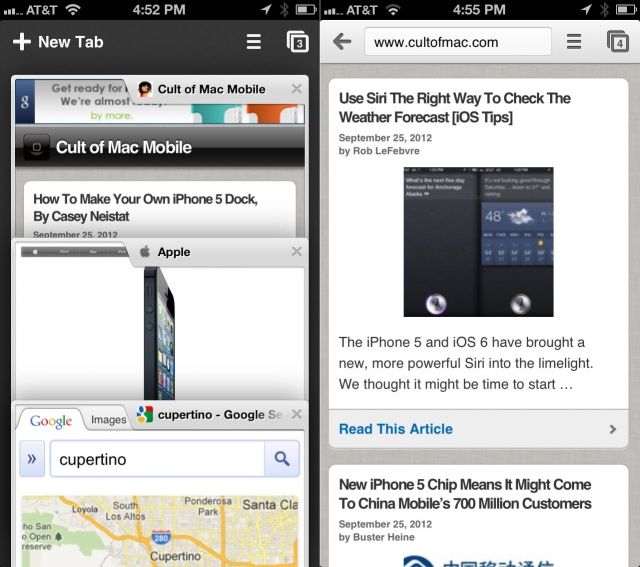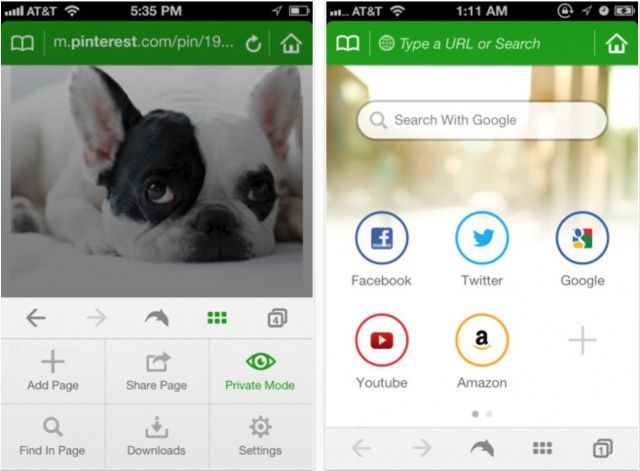Before Apple had their very own Internet browser, Mac users had to depend on Internet Explorer for Mac to surf the web. Part of Steve Jobs plan to resurrect the popularity of the Mac was to create its very own web browser – Safari.
Apple being Apple, the entire project was top secret. Even Apple employees weren’t allowed to know that Apple was cooking up its own browser. The secrecy of the project made things difficult because Apple needed to test the browser as they built it, but server logs would identify Safari before it was announced and Apple’s secret would be blown.
Rather than risk someone discovering Safari via their server logs, Apple cleverly hid Safari’s true identity by pretending it was Mozilla, and it actually worked. Here’s the story according to former Apple employee Don Melton who was in charge of the Safari team:


![Make Gmail Your Default Email Client In Chrome, Safari, and Firefox [OS X Tips] default gmail web app](https://www.cultofmac.com/wp-content/uploads/2012/12/Screen-Shot-2012-12-09-at-4.56.42-PM.jpg)
![Disable Javascript To Speed Up Your Web Experience On Older iPhone, iPad [iOS Tips] safari settings](https://www.cultofmac.com/wp-content/uploads/2012/11/safari-settings.jpg)
![View More Of A Webpage On Your iPhone With Full Screen Safari [iOS Tips] fullscreen safari](https://www.cultofmac.com/wp-content/uploads/2012/10/fullscreen-safari.jpg)
![Bored Of Sliding? New Tweak Lets Your Pinch To Unlock Your iOS Device [Jailbreak] With Pinch to Unlock, you can get your finger in on the action.](https://www.cultofmac.com/wp-content/uploads/2012/10/Screen-Shot-2012-10-22-at-13.40.36.jpg)
![Make Better Use Of Your Time With Reading Lists In Mountain Lion And Safari 6 [OS X Tips] Reading Lists](https://www.cultofmac.com/wp-content/uploads/2012/10/Screen-Shot-2012-10-18-at-8.24.17-PM.jpg)

![Open Tabs From Mobile Safari On Your Mac OS X Mountain Lion Machine Via iCloud [OS X Tips] iCloud Tabs on Mac OS X Mountain Lion Safari](https://www.cultofmac.com/wp-content/uploads/2012/10/Screen-Shot-2012-10-17-at-8.10.20-PM.jpg)
![Disable Website Tracking And Search Engine Suggestions For Added Safari Privacy [OS X Tips] Safari Privacy](https://www.cultofmac.com/wp-content/uploads/2012/10/Screen-Shot-2012-10-16-at-6.58.31-PM.jpg)
![Show All Of Your Saved Website Passwords In Safari 6 [OS X Tips] Saved Passwords Safari](https://www.cultofmac.com/wp-content/uploads/2012/10/Saved-Passwords-Safari.jpg)
![Make Safari More Secure By Disabling The Saved Website Password Feature [OS X Tips] User Names and Passwords](https://www.cultofmac.com/wp-content/uploads/2012/10/User-Names-and-Passwords.jpg)
![If That Internet Explorer 9 Commercial Were Honest It’d Look Like This [Video] post-194623-image-70e70bbc026d651fc3325c333cb9a358-jpg](https://www.cultofmac.com/wp-content/uploads/2012/10/post-194623-image-70e70bbc026d651fc3325c333cb9a358.jpg)




![The Ten Killer Tips Every iOS 6 User Needs To Know [Feature] To update or not to update, that is the question.](https://www.cultofmac.com/wp-content/uploads/2012/09/ios-6.jpg)
![The Ten Killer Features Of iOS 6 [Feature] IOS-6-ten-killer-features](https://www.cultofmac.com/wp-content/uploads/2012/09/Screen-Shot-2012-09-19-at-16.53.52.jpg)
![Every Single Feature That Is New In iOS 6 [Mega-Guide] iphone5](https://www.cultofmac.com/wp-content/uploads/2012/09/iphone56.jpg)
![Quickly Activate Mobile Safari’s Private Browsing From Within Safari With Privata Tweak [Jailbreak] Isn't that helpful?](https://www.cultofmac.com/wp-content/uploads/2012/09/privata2.jpg)


![Open Links In The Background Using Mobile Safari [iOS Tips] SafariBackground](https://www.cultofmac.com/wp-content/uploads/2012/08/SafariBackground.jpg)
![Readdle’s Back To School Sale Sees ReaddleDocs & Remarks For iOS Reduced [Deals] Productivity apps fit for students.](https://www.cultofmac.com/wp-content/uploads/2012/08/Screen-Shot-2012-08-24-at-15.31.23.jpg)
